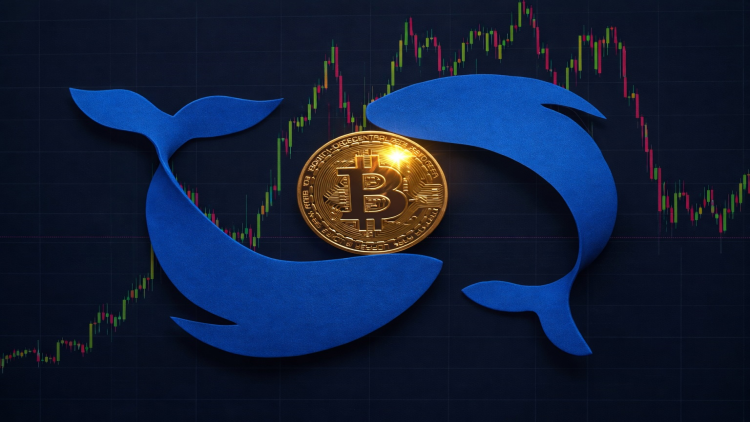Polkadot 2.0 is a catch-all term for a new vision for the future of the Polkadot network.
Polkadot founder Gavin Wood hopes that Polkadot 2.0 will represent an “agile, ubiquitous, compute resource” once introduced.
What is Polkadot 2.0?
Although it sounds like a technical upgrade, Polkadot 2.0 doesn’t refer to one specific event. Instead, it’s a collection of changes that will radically alter what the blockchain is capable of.
At a top level, Wood has used the metaphor of a pancake business to explain the transition to Polkadot 2.0. Imagine a company that exclusively sells pancakes; the company produces its own sugar, water, milk and eggs, but chooses to only sell pancakes. These pancakes are ‘parachains,’ and the pancake company is Polkadot 1.0.
Polkadot's projects are all built on separate, distinct blockchains known as parachains.
With an ever-growing number of blockchain projects, achieving interoperability and scalability between blockchains is increasingly important. Polkadot’s solution to this challenge is ‘parachains,’ a technical approach to allowing distinct blockchains to scale and work together effectively and safely, leveraging the Polkadot network’s guarantees of security, isolation, and communication. What are parachains? Unlike most other blockchains such as Ethereum, Polkadot isn’t
Unlike blockchains such as Ethereum, where developers can build on a centralized chain, these parallel blockchains can scale and work together effectively and safely, leveraging the Polkadot network’s guarantees of security, isolation, and communication.
In Polkadot 2.0, the company decides to start selling pancake mix, and maybe even its supply of sugar, water and eggs, separately. These separate culinary ingredients are what is known as “coretime,” units of computing power that users can rent in small portions.
Customers can make their own products with these ingredients, other than just pancakes, such as bread or cakes.
On Polkadot 2.0 developers won’t need to go through the time-consuming bidding process for a parachain.
The current auction process means prospective developers may need to invest a lot before their project ever sees the light of day. They need to get believers to stake their crypto and support their project to win one of a limited number of parachains, which means diverting attention and resources to non-technical areas like marketing and branding.
Gavin Wood believes that providing an alternative to the auction approach will allow the ecosystem to become “more agile” and reduce barriers to entry for new projects.
In a fully realized Polkadot 2.0, people will be able to tinker with Polkadot, accessing the power of the global supercomputer, without as much investment. Polkadot 2.0 broadly represents a move from a chain-focused approach to an application-focused approach.







Comment